The 8 Most Spiritual Places In Laos
Vat Phou/ Wat Phou
Wat Phou means ‘mountain temple’. The temple has become a centre of Theravada Buddhist. This 5th century Khmer Hindu ruins of Wat Phou is the second inclusion in the UNESCO World Heritage List of Laos along with the Champasak Cultural Landscape. It locates at the base of mount Phou Khao, about 6 kilometres from Champasak Province. The remains of Wat Phou are scattered all over the mountain face, mingled into the surrounding nature. It has a unique structure: All elements lead to a shrine with a lingam bathed in water from a mountain spring, which is dedicated to Lord Shiva.
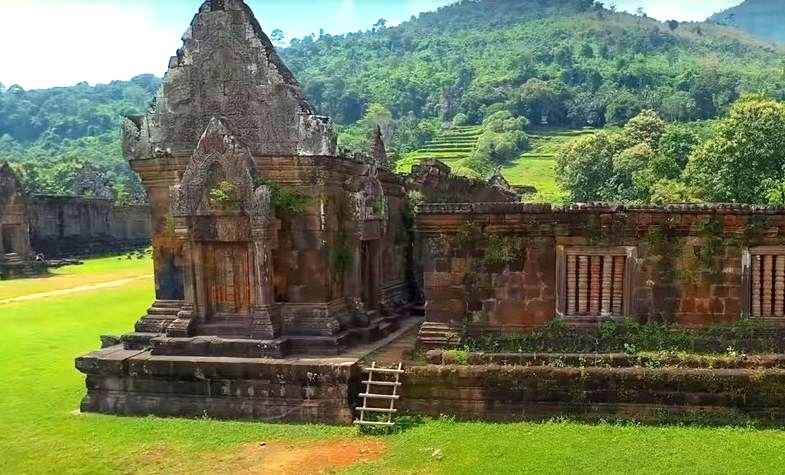
Wat Phou, Champasak, Laos
Pha That Luang
Also called ‘Great Stupa’, Pha That Luang is a gold-covered large Buddhist stupa in the centre of the city of Vientiane, Laos. The stupa, which is said to house a piece of Buddha’s breastbone, is the national symbol and generally regarded as the most important national monument in Laos. Boun That Luang comes about every November, over three days around the full moon. Many pilgrims gather at That Luang to give offerings to the monks who come from all over Laos. Processions, parties and a trade show follow. Even if you don’t come here for the festival, the stupa is a sight to behold any time of year.
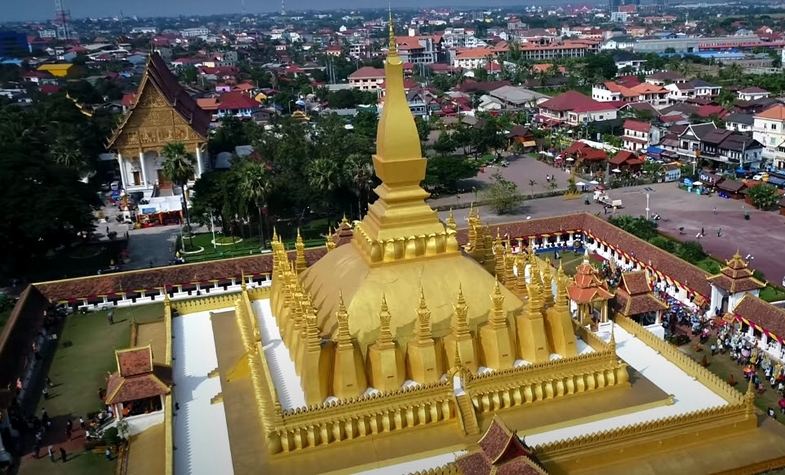
Pha That Luang, Vientiane, Laos
Pak Ou Caves
Pak Ou (mouth of the Ou river) Caves, situated 25 km north of Luang Prabang, at the junction of Mekong River and Ou River, have a very long history of thousands of years.
The Caves include 2 caves: Tham Ting (lower cave) and the Tham Theung (upper cave), on the west side of the Mekong river, have a great overlook to the river. Two caves are linked by steps. Bring along a flashlight is necessary when you visit the upper case.
The caves are well-known for their miniature Buddha sculptures. They are various in size and sharps (intact or chipped, very or very small), taking many different positions, including meditation, teaching, peace, rain, and reclining (nirvana).
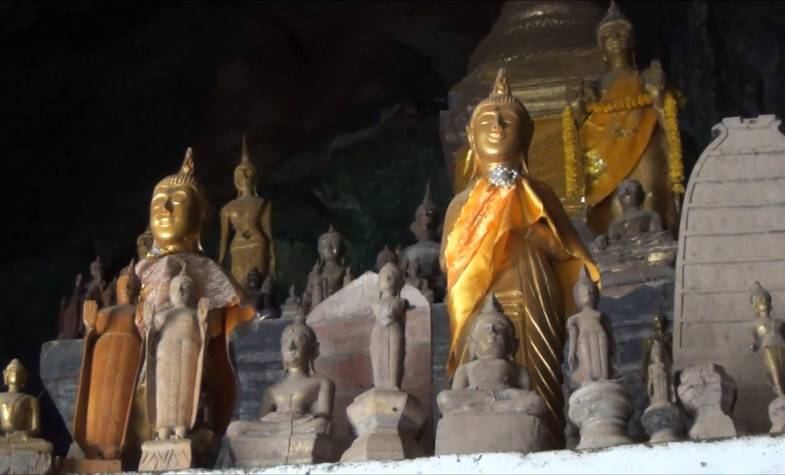
Pak Ou Cave, Luang Prabang, Laos
Recently, thanks to Sweden government, there is a new road to reach Park Ou, passing by Shang Hay, a famous village with a jar and local whiskey fabrications, but taking a boat trip upstream the Mekong river seems to be the most convenient way to get there. While cruising, tourists can admire the beautiful scenery and peaceful life of the local people on both sides of the river.
Pak Ou is also a sacred pilgrimage of locals, so please be well-dressed during this visit with long pants and covered shoulders.
Spirit Houses
Even though the Lao don’t consider spirits deities or devils, they do accept as true that the spirits are mischievous and must be appeased or they may cause trouble. Most local houses, businesses and various temples have a small spirit house for their land spirits to live in. The houses can be simple and made of wood or highly crafted and covered in mosaics. Local people offer water, rice, candles, flowers and incense to the spirits through a small entry. The Lao believe that the well-fed spirits won’t make trouble.
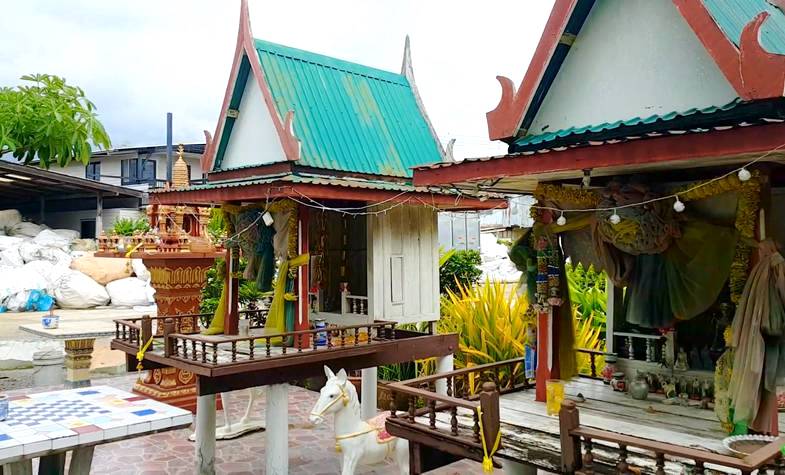
Spirit house, Laos
Wat Xieng Thong
Wat (or Vat) Xieng Thong is the most famous monastery and one of the largest Buddhist temples in Luang Prabang. A symbol of great historic importance, its structure has features of 16th-century Lao architecture, with a stunning ‘tree of life’ mosaic set on its western exterior wall, rare Buddhist deities, and a 12-meter-height memorial carriage.
Wat Xieng Thong is an sacred site that remains an important monument to the spirit of religion, royalty, and traditional art. The temple remains in its original structure, with repairs undertaken to the roof, gold leaf gilding, and lacquering added to the walls and entrance.
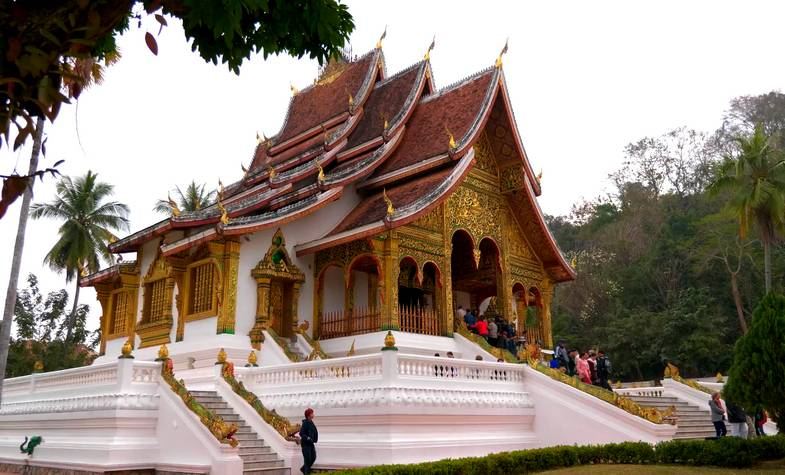
Wat Xieng Thong, Luang Prabang, Laos
Buddha Park/ Wat Xieng Khuan
It would be an incomplete trip to Vientiane without checking out the sculptures in Buddha Park. Also called Xieng Khuan, this family-friendly park on the banks of the Mekong is 25 kilometres from downtown Vientiane. Over 200 Buddhist statues are on display in the park, including a massive curved structure that visitors can climb atop to view the park from above. The Park is full of sculptures inspired by the religious beliefs of the founder, Luang Pu Bunleau Sulilat, who began with the Park in 1958. He created a fusion of the beliefs of Buddhism with those of Hinduism. That’s why now you can find many concrete sculptures of the Hindu gods, demonic figures, and many of Buddha, including a 40-meter-long reclining Buddha. The park provides no context for the various myths it depicts, except for the giant concrete pumpkin sculpture, which can be entered through the mouth of a demon leading to three floors representing Earth, heaven and hell.
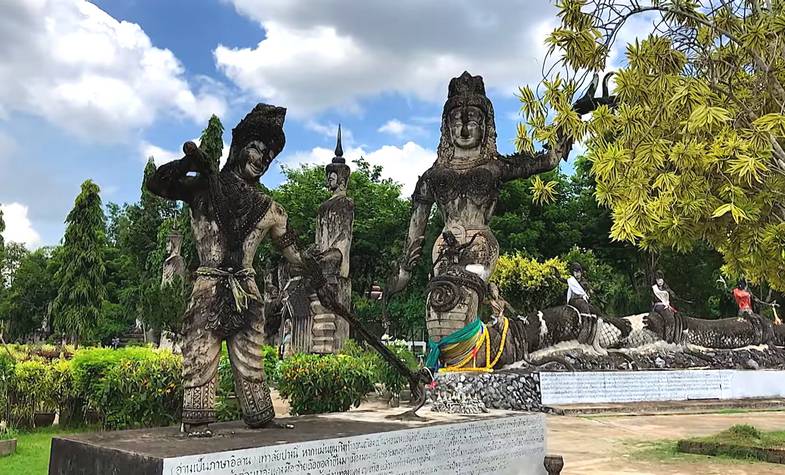
Buddha Park, Vientiane, Laos
That Ing Hang
That Ing Hang is second only to Wat Phou in Champasak when it comes to ancient spiritual places in Laos. Located almost 12 km north of Savannakhet, the stupa is built during the mid-16th century, and is a National Treasure of Lao PDR. There is a story that Buddha rested at the base of a Hang tree at the site inspired the construction, that’s the reason the place is said to contain a piece of Buddha’s spine. To enter the temple grounds, women must wear a traditional Lao sin (wrap skirt) and may not enter the promenade around the stupa. Nuns and monks bless the visitors and present them with colorful strings as lucky amulet. You can try some tasty black bamboo sticky rice with coconut for sale near the temple after your visit.
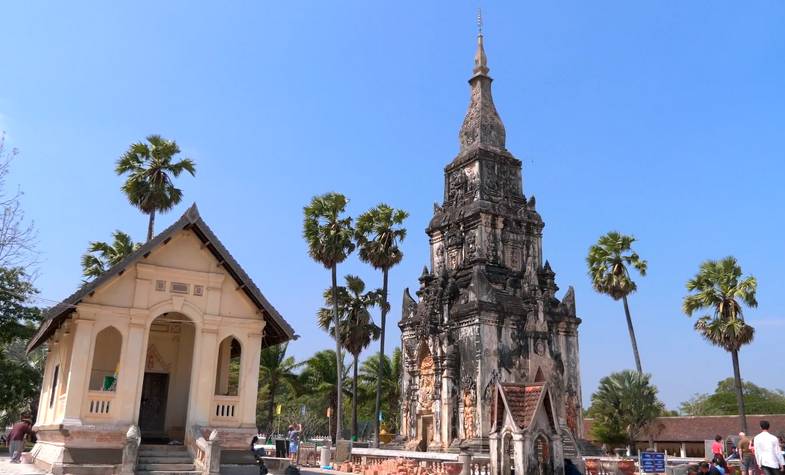
That Ing Hang, Savannakhet, Laos
Wat Si Saket
Built in 1818, Wat Si Saket is one of Vientiane’s best-known Buddhist temples. The temple was built in the Siamese style and spared in the raid on Vientiane by the Siamese in 1827, making it one of the oldest standing temples in Vientiane. Over 6 thousand Buddha statues adorn the walkway and the Sim, which have tiny Buddhas in niches carved into the walls. The imposing gardens are a peaceful reprieve from the hustle and bustle of the capital. Many locals come to the temple in the mornings to pray and offer up. Visitors are permitted to observed but taking photos is not allowed.
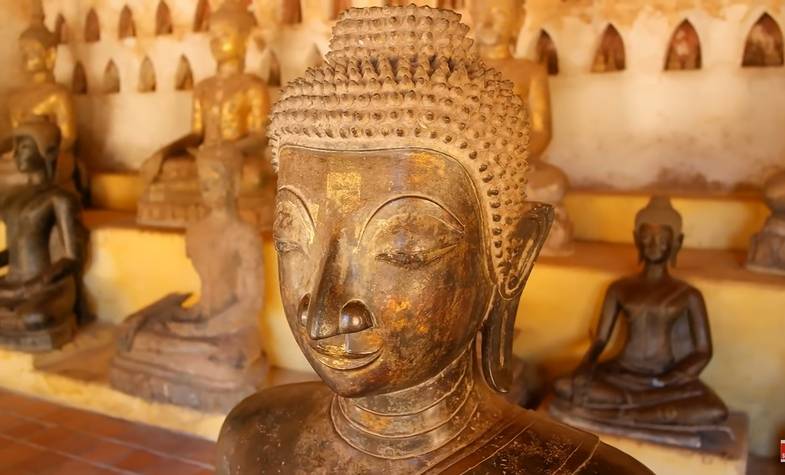
Wat Si Saket, Vientiane, Laos
Discover sacred and beautiful Laos with Travel Authentic Asia. Please contact us for more information and the best support.